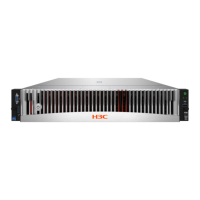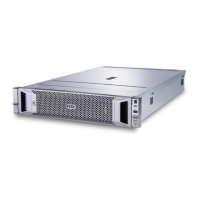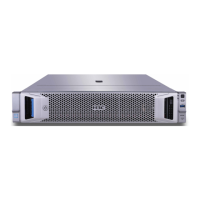8
Figure 9 RAID 6
Application scenarios
RAID 6 is most useful when data loss is unacceptable, but cost is also an important factor. Data loss
is less likely to occur in an array configured with RAID 6 than an array configured with RAID 5.
Advantages
Has a high read performance.
Has high data availability because any two drives can fail without loss of critical data.
More drive capacity is usable than with RAID 10 because parity information requires only the
storage space equivalent to two physical drives.
Disadvantages
The main disadvantage of RAID 6 is a relatively low write performance (lower than RAID 5),
because of the need for two sets of parity data.
RAID 00
As shown in Figure 10, RAID 00 is a nested RAID level combining RAID 0 and RAID 0. The
difference from RAID 0 is that member drives are replaced by member RAID 0 arrays. A RAID 00
array has extremely high storage capacity and I/O performance, but it cannot prevent data loss in
the event of disk failure. RAID 00 has no fault tolerance function.
